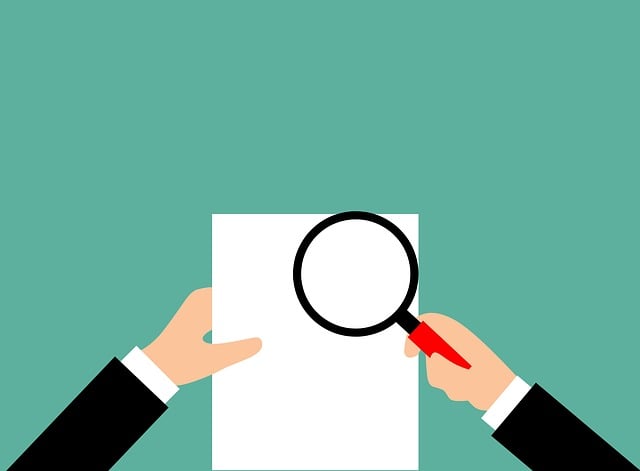
Receiving a home inspection report can feel like turning the last page of a mystery novel—only to realize the next chapter is yours to write. Whether you’re buying your dream home or preparing to sell, the inspection report offers a detailed snapshot of the property’s condition. But once it lands in your inbox, what should you actually do with it?
Here’s a practical guide to navigating the next steps with clarity and confidence.
1. Read It Thoroughly—Then Read It Again
It’s tempting to skim for red flags, but this document deserves your full attention. A good inspection report includes detailed observations, photographs, and summaries. Take time to understand what’s being noted—some findings may sound serious but are common and manageable. Others may require more immediate attention.
2. Prioritize the Findings
Not every issue in the report is a dealbreaker. Categorize them:
- Major Defects: Structural issues, active leaks, faulty wiring, foundation problems—these deserve immediate focus.
- Safety Concerns: Anything that poses a risk to occupants, such as missing handrails, non-functioning smoke detectors, or exposed wiring.
- Deferred Maintenance: Aging systems, worn roof shingles, or dripping faucets. These often reflect normal wear and tear but can become bigger problems if ignored.
Creating this hierarchy will help streamline discussions and decision-making.
3. Consult with Professionals
For significant findings, especially those outside your expertise, it’s wise to bring in licensed specialists—like electricians, plumbers, or structural engineers—for further evaluation. Their insights can clarify the scope and cost of necessary repairs, which is crucial for negotiating or planning.
4. Use the Report as a Negotiation Tool
If you’re a buyer, the report gives you leverage to ask for repairs, price reductions, or seller credits. Focus your negotiation on the most critical issues, rather than cosmetic or minor concerns. Sellers, on the other hand, can decide whether to make repairs or adjust the asking price based on the findings.
5. Keep the Report for Future Planning
Even if no immediate action is required, hang on to the report. It serves as a helpful maintenance roadmap and can guide your budgeting for upgrades or replacements down the road.
Final Thoughts
A home inspection report isn’t just a list of problems—it’s a valuable resource for understanding the property’s true condition. Approach it with a balanced mindset. Armed with clear information and the right next steps, you’ll be in a better position to make smart, confident decisions about your home journey.
Whether you’re closing the deal or preparing your next move, remember: the report isn’t the end of the process—it’s the beginning of a more informed one.
